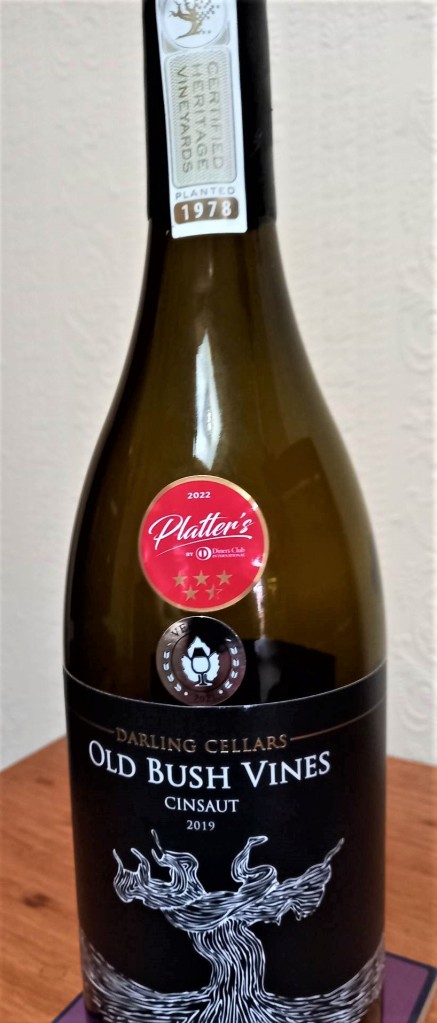What’s the difference between white wine and red wine? That’s easy: the colour, of course! But there’s a basic difference in how the 2 are made: to make white wine, you press the ripe grapes, separate the skins from the juice and ferment the juice alone. As almost all grape juice is colourless, you can use white- or black-skinned grapes and you will get a white wine. (Champagne is probably the best-known example of a white wine which is often made using some red grapes). Red wine is different – here you need black grapes; you crush these and ferment the juice and the skins together. The skins stain the juice red but also produce tannins which you don’t generally find in white wine. So far, so simple!
But you can use the red wine method (fermenting juice and skins together) to produce a white wine – provided you only use white-skinned grapes. Indeed, historically, almost all white wines were made like this but the technique gradually fell out of favour and, until recently, was only used in a few isolated places. It’s still not widespread but it is starting to become fashionable. It’s even been given a name: Orange wine (though most are not remotely orange, just a little darker in colour than a ‘normal’ white wine).
A bottle we opened recently showed just how good and distinctive wines made like this can be. Aslina’s ‘skin contact’ Chenin Blanc from the Stellenbosch region of South Africa (Wine Society, £18.50) is made by one of that country’s most awarded winemakers, Ntsiki Biyela. She has left the crushed grapes with their skins to ferment for 7 days before separating the juice and finishing the fermentation in tanks – no oak involved. The result is a delicious rich white, full of lovely lemon- and orange-peel flavours and with a long dry honeyed finish. Any tannin from the skins is barely detectable but the complexity the skin contact brings makes the wine very adaptable to a range of foods – we enjoyed it with roast partridge but also with some soft, creamy cheeses that followed.
Skin contact whites don’t always work – you sometimes find strange, off flavours – but here, you have a good example of why a few innovative winemakers are moving back towards this ancient technique.


